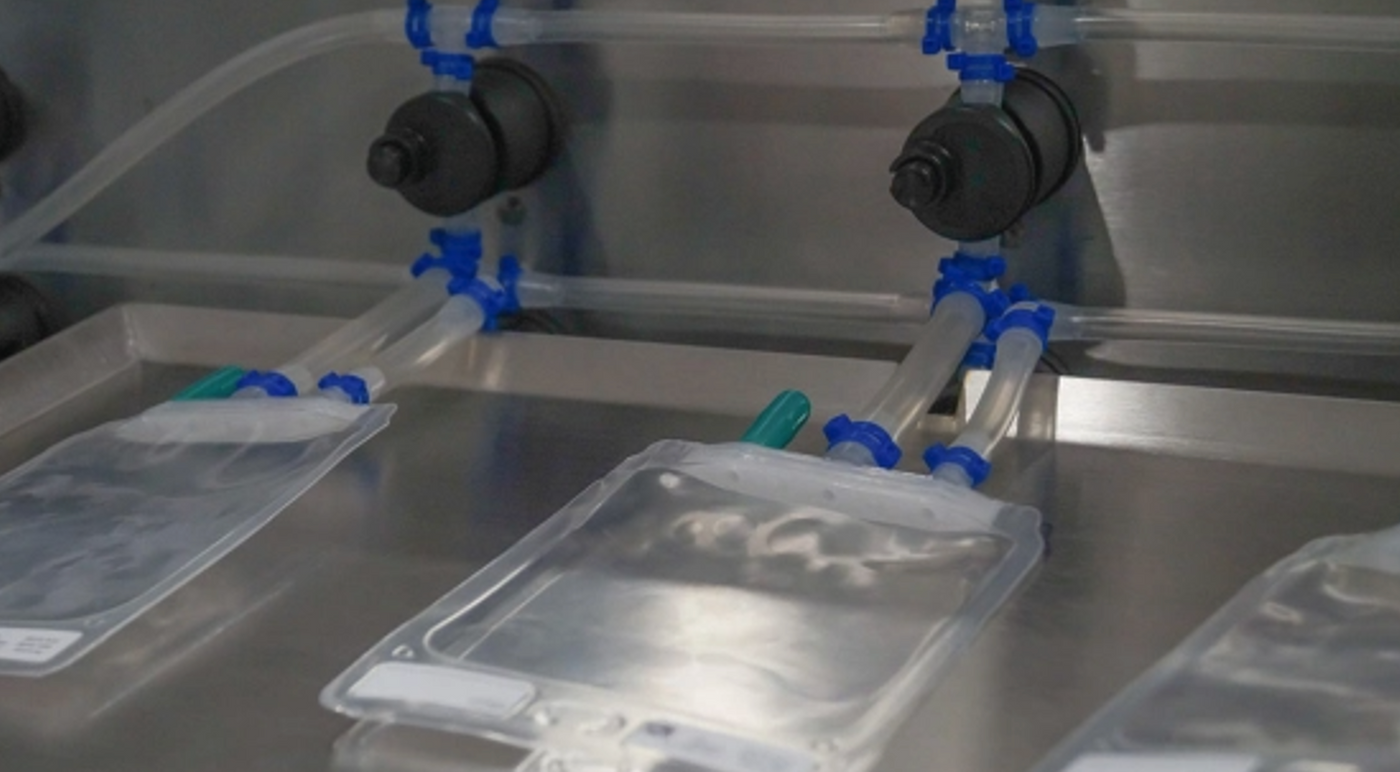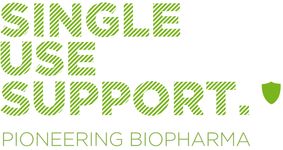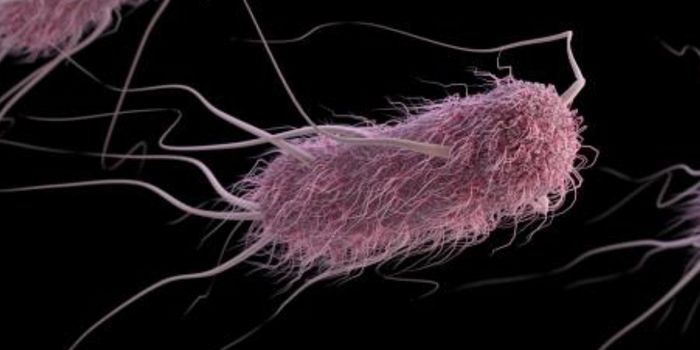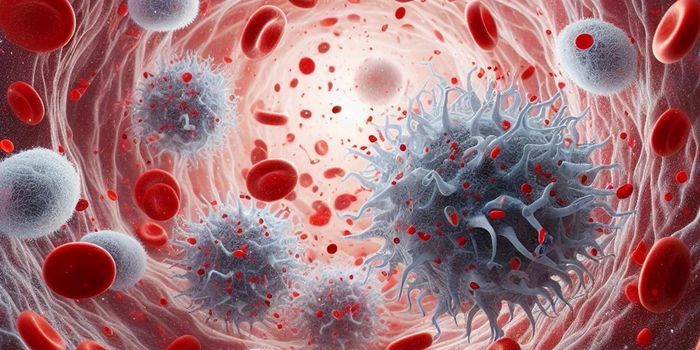Cell and gene therapy production - improvements with single-use technologies
With astonishing advances in molecular biology, cell and gene therapies represent a new class of pharmaceuticals available in the treatment of countless medical conditions. However, the success of CGTs can be diminished for a variety of reasons – for example, if a candidate in development proves to be ineffective or unsafe. The cost of development and production also plays a significant role: Laboratories must invest a great deal of effort and financial resources in the manufacture of CGTs, which drives up the cost of the final product. In an attempt to reduce these costs, bioprocessing based on single-use technologies is emerging as a production approach with multiple benefits.
Cell and gene therapies reshaping medicine
Advanced therapies embrace multiple highly specialized techniques. Stanford’s Center for Definitive and Curative Medicine lists five central approaches found in CGTs:
- Engineering and transplantation of blood stem cells
- Gene editing technologies
- Immune system engineering
- Tissue regeneration techniques
- In vivo transfer of genes1
In accordance with a patient’s individual prerequisites and specific medical condition, promising therapies can be individualized, developed, and administered. CGTs may be chosen against several autoimmune disorders, immune deficiencies, bleeding disorders, and cancer types – to name just a few.2
As of today, the U.S. Food and Drug Administration (FDA) lists more than 31 approved cell and gene therapy products.3 One of the perhaps most broadly known group of CGTs is the one of CAR-T cell therapies, multiple of which have received FDA approval in recent years.4
CAR-T cell therapy uses the mechanism of naturally occurring T-cells, a type of white blood cells that are integral to the human immune system. Some of them are retrieved from a patient and modified in order to present so-called chimeric antigen receptors on their surface. These CARs are able to detect cancer cells, allowing the modified T-cells to bind to these target cells and prompt a patient’s own immune system to attack them.5
Considering the already available ATMPs as well as the countless candidates in the stage of development or clinical trial, laboratories are due to face increasing challenges, as a great deal of these therapeutics has to be customized for individual patients.
“At all costs”? Not quite
The first priority in any therapy is its safety and effectiveness: Stringent regulatory standards must be followed in order to ensure that a product is permitted for clinical use. This does not mean that a therapy has to be 100% successful with no risk of side effects, but the risks and potential benefits have to be in an acceptable ratio. In addition, general manufacturing standards must be met anyway, as defined by regulatory frameworks like cGMP (current Good Manufacturing Practice).
Yet, there are medical achievements that do not lack in quality or safety but rather in affordability. Cell and gene therapies come with considerable costs due to factors like development, testing and approval, production, and supply.
These expenses of manufacturers are the reason for the high price of ATMPs for patients: Hemgenix, for instance, comes with a price tag of approximately USD 3.5 million. The drug is used in the treatment of adult patients with hemophila B, a rare disease with one in 5,000 individuals affected. The more commonly required CAR T-cell therapies may be more affordable, but with costs of more than USD 450,000 for a product recently approved, they are far from being affordable for average households.6, 7
These enormous costs can restrict accessibility of otherwise groundbreaking medical interventions, making it necessary for laboratories and pharmaceutical companies to make manufacturing processes more efficient.
Factors that determine economic viability of CGT production
In addition to the costs associated with basic research, clinical trials and marketing, the production of CGTs is costly. Laboratories often need to carry out extensive analytical procedures, on the basis of which they can start to design tailor-made biotherapeutics, often for each individual patient. The economics of these manufacturing processes are influenced by issues such as efficiency, flexibility and scalability.
Production efficiency
The overall efficiency of CGT production requires precise and reliable processes to prevent product loss. Contamination, for example, renders entire batches unusable, resulting not only in increased costs but also in critical delays for patients in need of the therapeutic.
Staff is another factor that has a considerable impact on efficiency in biopharmaceutical processes: Qualified personnel are often hard to find, and by tying them to repetitive tasks rather than letting them focus on work they have been trained for in the course of several years, resources are not distributed ideally. Automated systems help reduce the need for overstaffing on monotonous tasks and instead help better allocate staff.
Additionally, manual labor can increase product loss due to human error. Closed end-to-end procedures and automated pharmaceutical processes are therefore being adopted not only in pharmaceutical mass production, but also on lab scale.
Flexible manufacturing practices
In ATMP manufacturing, flexibility is vital: In contrast to the production of bulk pharmaceuticals, where little adaptations are required in the course of a production run, cell and gene therapies have to be continuously adapted – not only because autologous cell therapies require individualization for each patient, but also since laboratory work in research and development generally means a great deal of trial and error. Here, manufacturing practices need to keep track.
Laboratories are therefore increasingly relying on flexible and modular solutions based on single-use technologies for pharmaceutical applications, catering to frequent changes in production cycles. Systems based on single-use technologies for automated filling and freezing of drug substances, for instance, reduce the need for extensive cleaning and sterilization, as a large proportion of the fluid path is made up by sterile disposables. These are replaced by new single-use assemblies at the end of a production run, thus saving water, energy, and costs related to laborious cleaning procedures.
Scalable production lines
Scalability is another major challenge in the manufacturing of cell and gene therapies. Laboratories have to be adaptable, as the volume of drug substance per batch may vary – especially when switching from development to commercialization. Despite usually remaining in the low-volume area, flexibility in the exact amount of processed goods is essential – in scale-up, but also in scale-out, where a larger number of small units is to be produced.
Processing solutions have to be prepared to frequently fill, freeze, and thaw different volumes of biologics, packed in bioprocessing containers that need to be equally adaptive. Again, single-use packaging solutions can play out their strengths, as they are customizable and available in different sizes. In addition, vendor-agnostic packaging increases compatibility, standardization, and supply chain integrity. And by opting for a modular end-to-end solution, laboratories can cater to different shapes of single-use bioprocess containers, protective packaging, and further processing solutions.
Combining quality and accessibility with single-use solutions
As discussed, cell and gene therapies must fulfill requirements in terms of quality (regarding the safety and efficiency of these products) and cost efficiency, in order to make them more accessible to the broader public. However, none of these aspects can be enforced at the expense of the others, so laboratories must adopt solutions that address quality, safety, and efficiency in equal measure.
Single Use Support has developed solutions that enable process flexibility in CGT production: The expert in pharmaceutical fluid and cold chain management offers single-use based systems that are scalable, safe, vendor-independent, and cGMP-compliant. This includes systems for aseptic fluid management as well as a multitude of freezing devices – from plate freezers to ultra-low temperature storage freezers and cryogenic blast freezers.
Despite being widely compatible with other leading manufacturers, Single Use Support offers a broad variety of sterile single-use assemblies and bioprocess containers that are optimized for the company’s proprietary solutions. Single-use bags, protective packaging, and various transport solutions as well as single-use manifolds complete a product portfolio with several benefits – from reduced product loss and risks of contamination to enhanced process flexibility and efficiency in fluid and cold chain management. These advantages of single-use technologies pave the way of success for innovative and more affordable cell and gene therapies.
1 https://med.stanford.edu/cdcm/CGT.html
2 https://med.stanford.edu/cdcm/CGT.html
4 https://www.cancer.gov/about-cancer/treatment/research/car-t-cells
5 https://www.cancer.gov/about-cancer/treatment/research/car-t-cells











